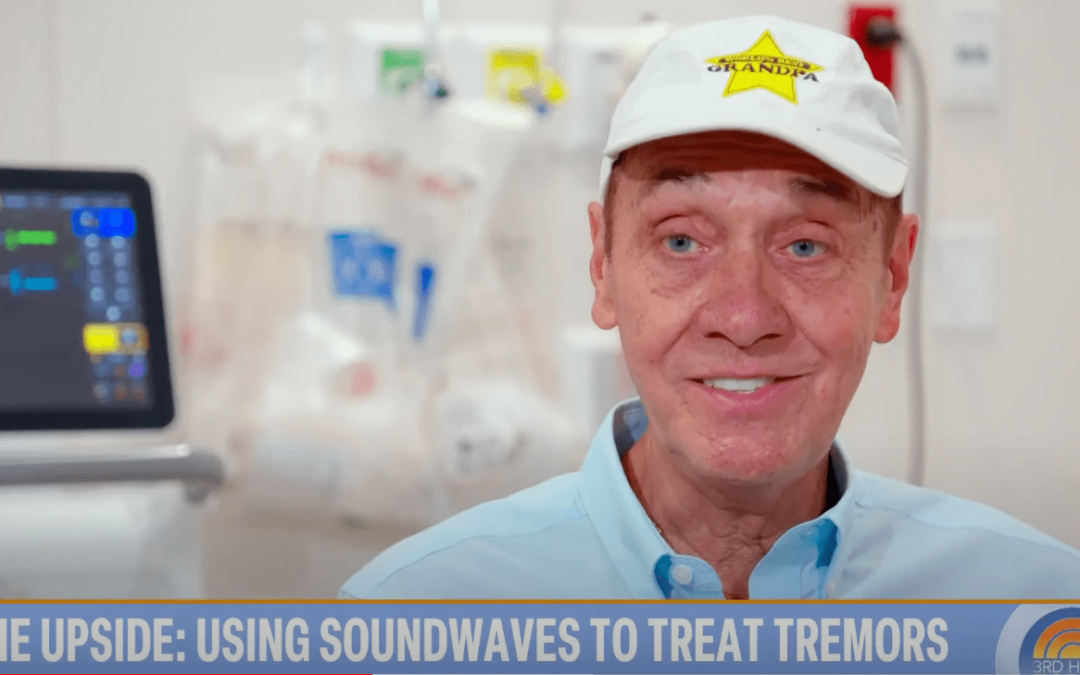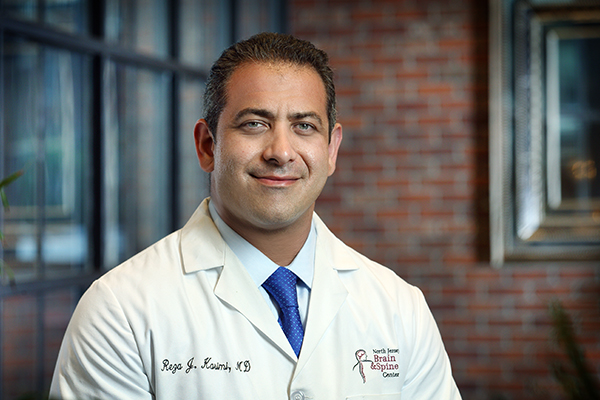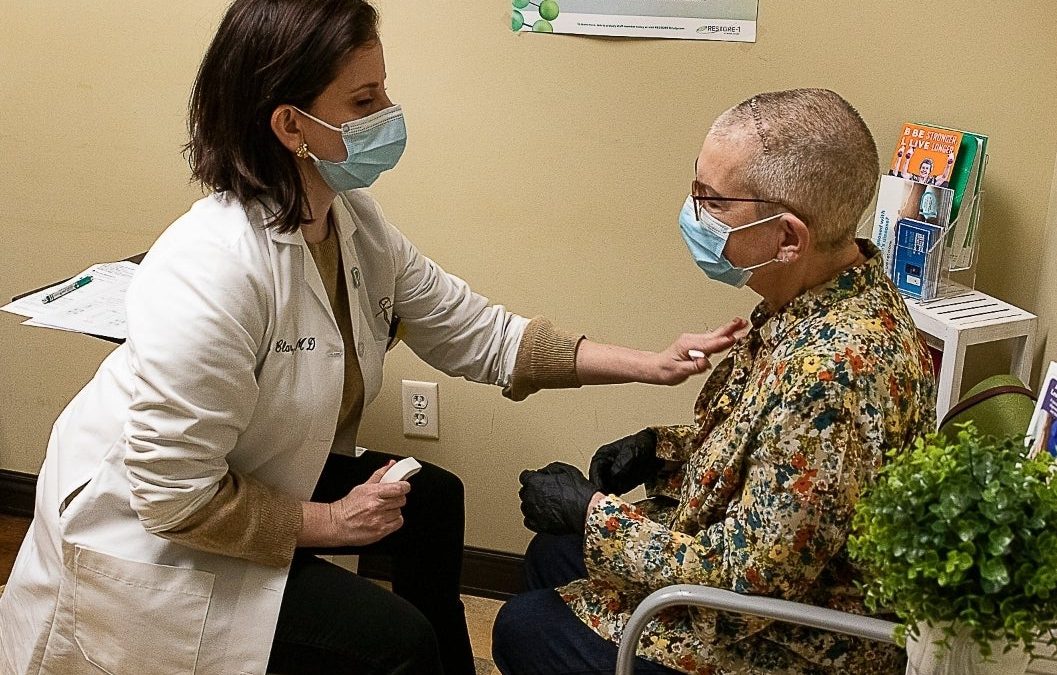What is microsurgical clipping?
Anatomical factors at times compel the surgeon to recommend microsurgical clipping of an aneurysm rather than endovascular coil embolization. Craniotomy and clipping requires the placement of an incision behind the hairline or at the eyebrow with a small cranial opening to allow the surgeon access to the blood vessels at the base of the brain.
Learn More: Craniotomy vs Craniectomy
With the use of an operating microscope, the surgeon exposes the aneurysm as well as the surrounding vascular tree and places a small metallic clip across the opening or “neck” of the aneurysm without compromising normal blood flow of the parent vessel as well as its sub-millimeter diameter ‘perforating’ branches. Once in position, the surgeon assures patency of the surrounding normal vessels either by performing doppler ultrasound of the vessels, an intraoperative cerebral angiogram or by utilizing a special light filter that visualizes blood flow highlighted by an intravenously injected fluorescent compound (Figure 1). These maneuvers assure the surgeon that the clip has been placed optimally. Over time the aneurysm will regress and permanent healing of the blood vessel wall will take place.
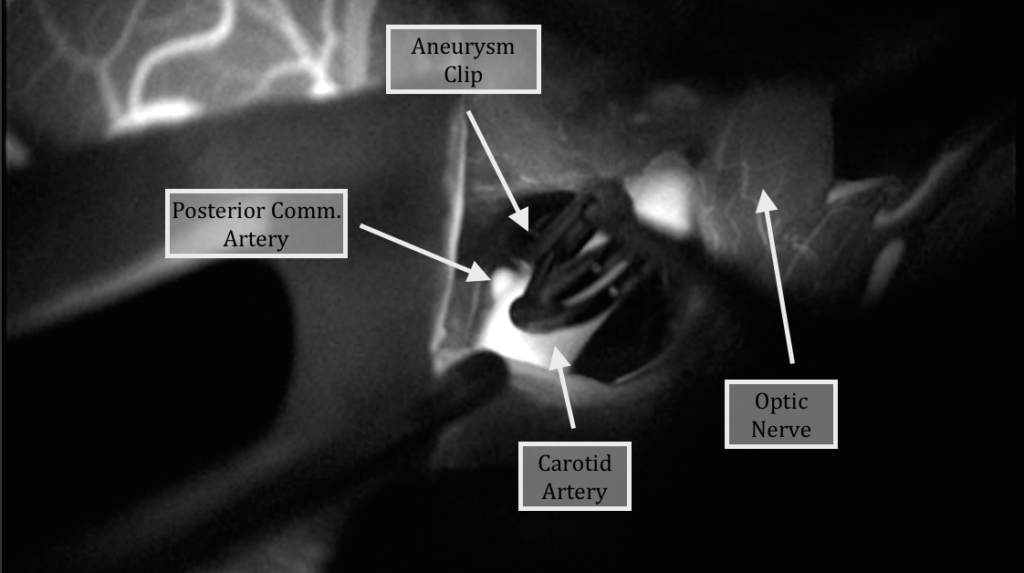
Figure 1 Intraoperative view demonstrating perforating vessels originating from cerebral artery.
What is a craniotomy?
A craniotomy is a type of surgical brain procedure in which the surgeon removes a portion of the skull in order to access the brain. During the surgical procedure, the surgeon replaces the removed part of the skull before closing the incision site. A craniotomy can treat epilepsy, blood clots and tumors. It can take up to two months to fully heal after this surgical procedure.
What does craniotomy recovery look like?
The average recovery time for a craniotomy is roughly between six to eight weeks. Your care team will recommend how long rest is needed before returning to your normal activities, such as school or work. It is not recommended to participate in any physically demanding activities until your healthcare provider has said it is safe to do so.
Following your surgical procedure, you will need to schedule follow-up appointments with your care team in order to properly monitor your post-surgery progress. It is very possible to live a normal life after a craniotomy. Many patients make full recoveries after surgery and experience minimal complications or side effects.
Case 1: Microsurgical Aneurysm Clipping
A: 3-D reconstruction of a ruptured right carotid artery (posterior communicating artery) aneurysm (arrow). The aneurysm is bi-lobed and has a wide neck, making it more appropriate for surgical clipping as a definitive treatment. Of note, perforating vessels are not easily appreciated in diagnostic studies.
B: Intraoperative view of the aneurysm at surgery (arrow). The aneurysm has at least two lobes and has a wide neck. This aneurysm requires the use of specialized aneurysm clips for a total reconstruction of the carotid artery wall.
C: Intraoperative view following successful clip placement across the aneurysm neck. The aneurysm has markedly deflated in size and no longer has any blood flow. The normal arterial wall has been reconstructed by the clip and the aneurysm is definitively treated. The blood flow within all the normal surrounding arteries has been preserved.
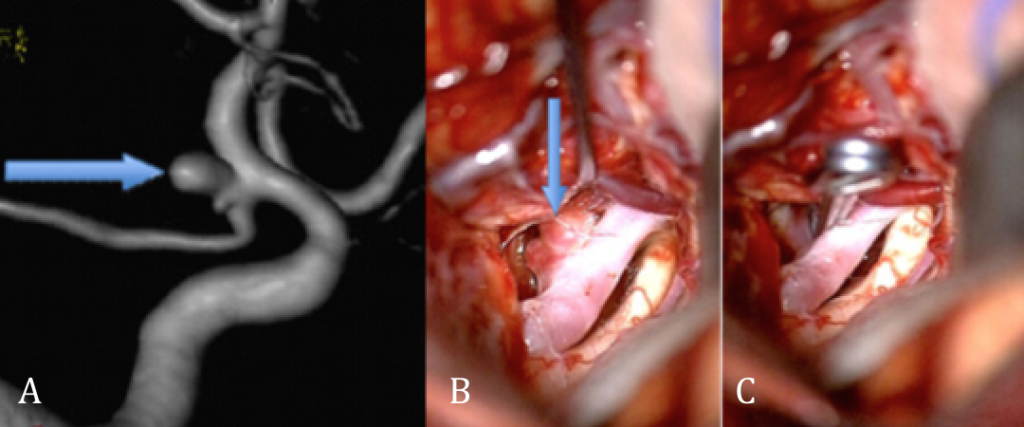
Case 1: Microsurgical Aneurysm Clipping
Case 2: Microsurgical trapping of a large aneurysm with multiple aneurysm clips
This is a complex, non-ruptured, middle cerebral artery aneurysm which requires the placement of 3 aneurysm clips to effectively “trap” the aneurysm and completely exclude blood from flowing into the aneurysm. A bypass was not required in this case since all parts of the brain received adequate collateral blood flow after the aneurysm was trapped.
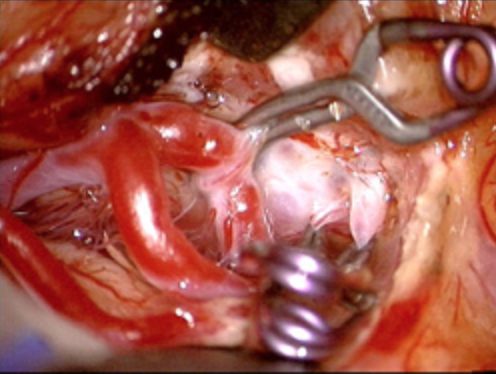
Case 2: Microsurgical trapping of a large aneurysm with multiple aneurysm clips

